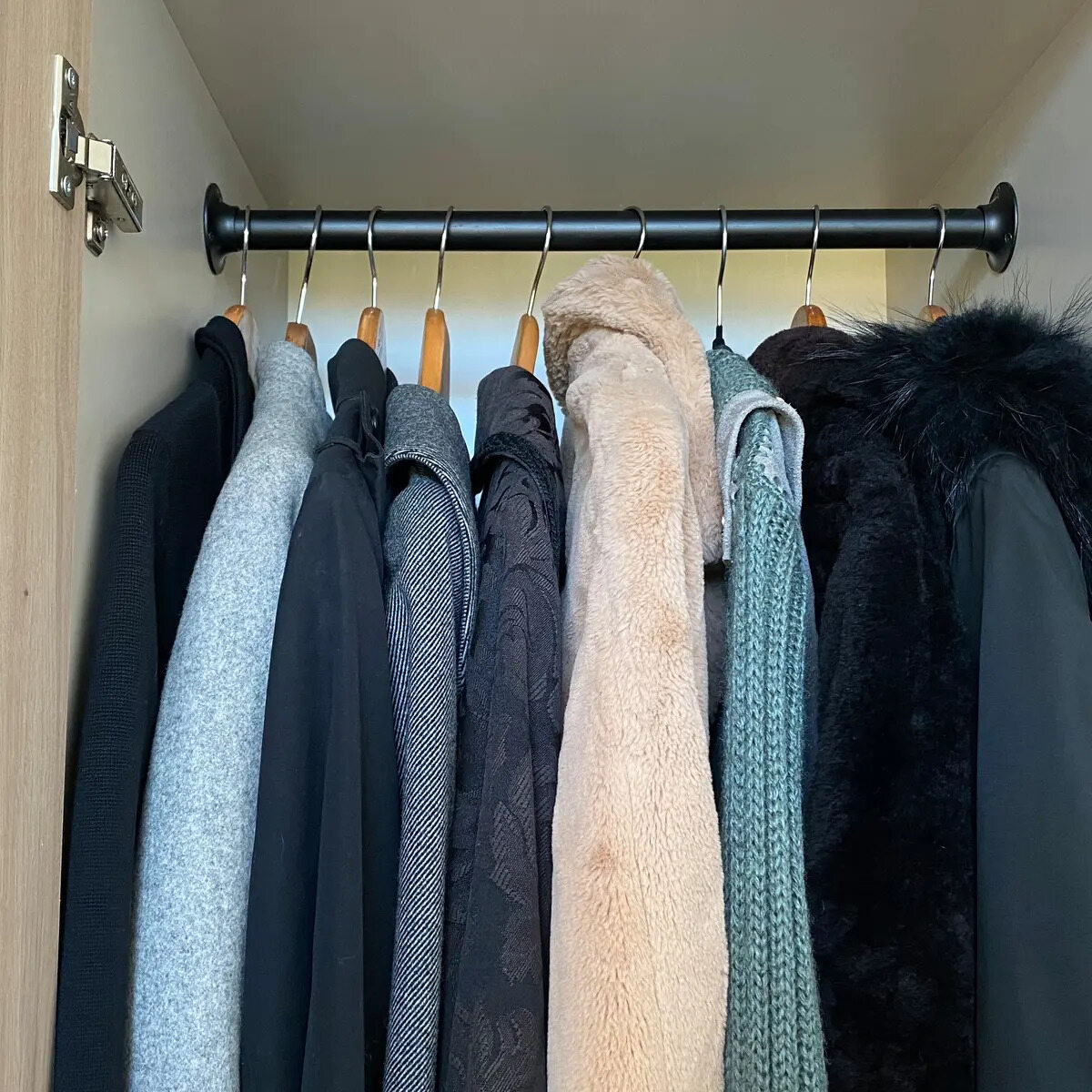

Articles
How To Store Winter Jackets
Modified: December 7, 2023
Discover the best way to store your winter jackets and keep them in excellent condition with our informative articles. Find helpful tips and tricks to ensure your jackets are properly stored for the next season.
(Many of the links in this article redirect to a specific reviewed product. Your purchase of these products through affiliate links helps to generate commission for Storables.com, at no extra cost. Learn more)
Introduction
As the winter season comes to an end, it’s time to bid farewell to your beloved winter jackets and prepare them for storage until the next chilly season arrives. Properly storing your jackets not only ensures their longevity but also saves space in your closet, making room for spring and summer attire. In this article, we will guide you on how to store winter jackets effectively.
When it comes to storing your winter jackets, there are several factors to consider, including choosing the right storage location, cleaning and preparing the jackets, deciding between folding and hanging, and using appropriate storage methods such as plastic containers or vacuum bags. Additionally, we will explore the use of mothballs or cedar blocks to keep pests away and provide tips for monitoring and maintaining the jackets during storage.
Let’s dive in and learn how to properly store your winter jackets to ensure they remain in pristine condition for years to come.
Key Takeaways:
- Properly storing winter jackets is essential for their longevity and space-saving. Choose the right storage location, clean and prepare jackets, and use plastic containers or vacuum bags for effective storage.
- Adding mothballs or cedar blocks can protect jackets from pests, while monitoring and maintaining them ensures longevity. Follow these tips to keep your winter jackets in excellent condition for years to come.
Read more: What Happens To Yellow Jackets In Winter
Choosing the Right Storage Location
When it comes to storing your winter jackets, selecting the right storage location is essential. The ideal storage area should be cool, dark, dry, and well-ventilated. Avoid storing your jackets in areas prone to extreme temperature fluctuations or high humidity, such as basements or attics, as these conditions can promote mold growth and damage the fabric.
If possible, choose a closet or storage space on the main level of your home. This will help maintain a consistent temperature and humidity level, ensuring the jackets remain in optimal condition. Avoid placing your jackets in direct sunlight, as UV rays can fade the fabric over time.
It’s also crucial to consider the available space in the storage location. Make sure you have enough room to hang or fold your jackets without them getting crammed or squished together. Adequate space allows for proper airflow, preventing musty odors from developing.
Lastly, keep in mind that some jackets, such as those made of down or fur, may require specific storage conditions. Check the manufacturer’s instructions or consult a professional to ensure you are storing these types of jackets correctly.
By carefully selecting the right storage location, you can help preserve the quality and longevity of your winter jackets.
Cleaning and Preparing the Jackets
Before storing your winter jackets, it’s crucial to clean them thoroughly to remove any dirt, stains, or odors that may have accumulated during the winter season. Different jacket materials require different cleaning methods, so be sure to check the care label or consult with a professional cleaner if you are unsure.
For machine-washable jackets, follow the instructions provided on the care label. Use a mild detergent and wash the jackets on a gentle cycle with cold water. Avoid using bleach or harsh chemicals that can damage the fabric. Once the jackets are clean, allow them to air dry completely before proceeding to the next step.
For jackets that are not machine-washable or have delicate materials, such as leather or suede, it’s best to take them to a professional cleaner. They have the expertise and equipment to clean and treat these types of jackets effectively without causing any damage.
After cleaning, it’s essential to ensure your jackets are completely dry before storing them. Any moisture left in the fabric can lead to mold or mildew growth. Hang the jackets in a well-ventilated area or use a fan to speed up the drying process.
Once the jackets are clean and dry, take a moment to inspect them for any repairs that may be needed. Check for loose buttons, broken zippers, or tears in the fabric. Repair any damages before storing the jackets to prevent further deterioration.
Lastly, consider adding a layer of protection to your jackets by applying a fabric protector spray. This can help repel stains and water, keeping your jackets in better condition during storage.
By thoroughly cleaning and preparing your jackets before storage, you ensure they are fresh, free of odors, and ready to be stored until the next winter season.
Folding vs. Hanging
When it comes to storing your winter jackets, one of the common dilemmas is whether to fold them or hang them. The choice between folding and hanging depends on various factors, including the space available, the type of jacket, and personal preference.
Folding jackets is a suitable option if you have limited closet space or if the jackets are made of sturdy material that won’t wrinkle easily. To fold your jackets properly, button or zip them up and gently fold them in half lengthwise. Then, fold them again horizontally or vertically, depending on the size and shape of the jacket.
When folding jackets, avoid creasing the fabric excessively, as this can lead to permanent wrinkles. If possible, use acid-free tissue paper to layer between the folds to prevent any color transfer and help maintain the jacket’s shape.
On the other hand, hanging jackets can be a preferred method for those who have ample closet space and want to prevent wrinkles or creases. However, not all jackets are suitable for hanging. Lightweight or down-filled jackets, for example, can lose their shape when hung for extended periods. Hanging can also put strain on the shoulders and stretch the fabric, especially with heavy winter coats.
If you decide to hang your jackets, choose sturdy and wide hangers to properly support the weight of the garment. Avoid using wire hangers that can leave marks or distort the shape of the jacket. Additionally, make sure to properly button or zip up the jackets to maintain their form while hanging.
Ultimately, the decision between folding and hanging depends on your specific situation and the type of jackets you own. Evaluate the available space, consider the material, and choose the storage method that best preserves the shape and condition of your winter jackets.
Storing in Plastic Containers
Storing your winter jackets in plastic containers is a popular and effective method to protect them from dust, moisture, and pests. Plastic containers provide a barrier against environmental elements and help maintain the quality of your jackets during storage.
When choosing plastic containers, opt for clear ones so you can easily see the contents without needing to open each container. This saves time and allows you to quickly locate the specific jacket you need when winter rolls around again.
Before placing your jackets in plastic containers, ensure they are clean and completely dry to prevent any potential mold or mildew growth. Fold the jackets neatly and lay them flat or stack them vertically in the containers to maximize space.
It’s important to choose containers that are the right size for your jackets. Avoid overcrowding the containers, as this can lead to creases or distortions in the fabric. Jackets need room to breathe, allowing air circulation to prevent musty odors.
For added protection, consider inserting a moisture-absorbing packet or desiccant sachet in each container. These packets help absorb any moisture that may find its way into the container, further safeguarding your jackets from dampness and potential damage.
Label each container with the contents or use an inventory list to keep track of which jackets are stored in each container. This saves time and effort when retrieving specific jackets later on.
Store the plastic containers in a cool, dry location, away from direct sunlight and extreme temperature changes. A closet, under-bed storage, or a dedicated storage area are all suitable options.
Remember to periodically check on your jackets during storage to ensure there are no signs of moisture, pests, or any other potential issues. This allows you to take prompt action if needed and maintain the quality of your winter jackets.
Storing your winter jackets in plastic containers provides an organized and protective solution, keeping them in excellent condition until you’re ready to wear them again.
Store winter jackets in a cool, dry place away from direct sunlight to prevent fading and damage. Use padded hangers to maintain their shape and consider using garment bags for extra protection.
Using Vacuum Bags
Using vacuum bags is a space-saving and efficient method for storing winter jackets. Vacuum bags compress the jackets, removing excess air and reducing their size significantly. This not only maximizes storage space but also provides an added layer of protection against dust, moisture, and pests.
To use vacuum bags, start by filling them with your clean and dry winter jackets. It’s recommended to fold the jackets neatly to minimize wrinkles and creases. Place one jacket at a time in the bag, making sure to distribute them evenly to achieve a balanced load.
Once the jackets are inside the bag, seal it tightly using the zipper or closure mechanism provided. Some vacuum bags require manual sealing, while others come with built-in valves that allow you to remove the air using a vacuum cleaner or a handheld pump.
When using a vacuum cleaner, attach the hose to the valve and turn on the vacuum to remove the air from the bag. The bag will shrink as the air is sucked out, compressing the jackets inside. Repeat this process for each bag until all your winter jackets are stored in vacuum bags.
It’s important to note that while vacuum bags are effective for saving space and protecting your jackets, they may not be suitable for all types of jackets. Down-filled or heavily padded jackets, for example, may lose their loft and insulation when compressed for an extended period.
Additionally, be mindful of the duration of storage in vacuum bags. It is generally recommended to limit the time to a few months to avoid compromising the shape and quality of the jackets. For longer-term storage, consider alternative methods that allow the jackets to retain their natural form.
Label each vacuum bag with the contents or create an inventory list to easily locate specific jackets when needed. Store the vacuum bags in a cool, dry place, away from direct sunlight and extreme temperature fluctuations.
Using vacuum bags is an efficient and space-saving way to store your winter jackets, but it’s important to consider the type of jackets and the duration of storage to ensure their longevity and quality.
Adding Mothballs or Cedar Blocks
Protecting your winter jackets from pests, such as moths and their larvae, is essential during storage. Moths are attracted to natural fibers like wool and can cause damage by feasting on the fabric. To prevent these unwelcome visitors, you can use mothballs or cedar blocks as a deterrent.
Mothballs are small, white pellets that contain chemicals such as naphthalene or paradichlorobenzene. They release a strong odor that repels moths and other insects. When using mothballs, it’s crucial to follow the instructions provided and handle them with caution. Mothballs should be placed in a breathable container or a fabric pouch to prevent direct contact with the jackets.
When adding mothballs to your storage area, be mindful of the quantity. Too many mothballs can leave a lingering odor on your jackets, which can be difficult to remove. It’s recommended to use only a few mothballs and ensure they are securely contained away from direct contact with the fabric.
An alternative to mothballs is cedar blocks or cedar chips. Cedar wood has a natural scent that repels moths and insects. These blocks or chips can be placed in sachets or tied in a breathable cloth to prevent direct contact with the jackets. Cedar products are typically more pleasant-smelling than mothballs and offer a natural solution to ward off pests.
When using cedar blocks, it’s important to periodically check their scent potency. Over time, the aroma may diminish, indicating the need to replace or refresh the cedar blocks to ensure their effectiveness.
Both mothballs and cedar blocks should be placed strategically in the storage area to ensure maximum coverage. Consider dispersing them among the jackets or placing them near the openings of storage containers to create a protective barrier against moths and insects.
Remember, when it’s time to retrieve your jackets for the next winter season, be sure to remove the mothballs or cedar blocks and air out the jackets to eliminate any residual odor before wearing them.
By adding mothballs or cedar blocks to your storage area, you can effectively deter moths and protect your winter jackets from potential damage.
Monitoring and Maintaining the Jackets
Once you have properly stored your winter jackets, it’s important to periodically monitor and maintain them to ensure their condition remains intact. Here are a few tips to help you with this process:
1. Regular Inspection: Check your stored jackets every few months. Look for any signs of moisture, mold, or pest infestation. Inspect the jackets for any damage, such as loose threads or tears, and address them promptly to prevent further deterioration.
2. Air Circulation: It’s essential to maintain proper air circulation around the jackets, even when they are in storage. Open the storage containers or unzip the vacuum bags for a short period to allow fresh air to circulate. This helps prevent musty odors and keeps the jackets fresh.
3. Temperature and Humidity Control: While it’s not always possible to control the external environment, try to store your jackets in a space with stable temperature and humidity levels. Extreme fluctuations can impact the quality and lifespan of your jackets.
4. Re-fold or Re-hang: If you notice any garments becoming wrinkled or misshapen during storage, take the time to re-fold or re-hang them. Smooth out any creases, adjust hangers, and ensure the jackets remain in their intended form.
5. Rotate Jackets: To prevent constant pressure on specific jackets, consider rotating them during storage. This ensures that each jacket gets equal exposure to air and prevents one jacket from bearing the weight of others for an extended period.
6. Regular Cleaning: While your jackets are in storage, it’s a good practice to periodically clean them, even if they haven’t been worn. Follow the manufacturer’s instructions for cleaning or consider taking them to a professional cleaner to keep them fresh and ready to wear.
7. Avoid Storehouses: Placing other items on top of the containers where your jackets are stored can lead to unnecessary pressure and potentially damage delicate fabrics. Keep the storage area dedicated specifically to your jackets to avoid any accidental mishaps.
By regularly monitoring and maintaining your stored jackets, you can address any issues promptly and ensure they remain in excellent condition throughout their time in storage. This will extend their lifespan and keep them ready for the next winter season.
Conclusion
Properly storing your winter jackets is crucial for their longevity and to maximize the space in your closet. By following the right storage practices, you can protect your favorite winter outerwear and ensure they are in excellent condition when the cold season arrives again.
Choosing the right storage location, whether it’s a cool, dry closet or a dedicated storage area, is key to maintaining the quality of your jackets. Cleaning and preparing the jackets before storage ensures that they are fresh and free from any dirt or stains. Deciding between folding and hanging jackets depends on available space and the type of jacket material.
Plastic containers and vacuum bags offer effective storage solutions, protecting your jackets from dust, moisture, and pests. Adding mothballs or cedar blocks can help deter moths and insects, ensuring your jackets remain free from damage.
Monitoring and maintaining your stored jackets is equally important. Regular inspections, maintaining air circulation, and controlling temperature and humidity levels contribute to preserving the condition of your jackets. Re-folding or re-hanging when necessary, rotating jackets, and periodic cleaning help keep them fresh and ready to wear.
In conclusion, by applying the tips and guidelines discussed in this article, you can properly store your winter jackets, preserve their quality, and ensure they remain in excellent condition for many winters to come. With a little care and planning, your jackets will be well-protected and ready to keep you warm and stylish when the cold weather returns.
Frequently Asked Questions about How To Store Winter Jackets
Was this page helpful?
At Storables.com, we guarantee accurate and reliable information. Our content, validated by Expert Board Contributors, is crafted following stringent Editorial Policies. We're committed to providing you with well-researched, expert-backed insights for all your informational needs.

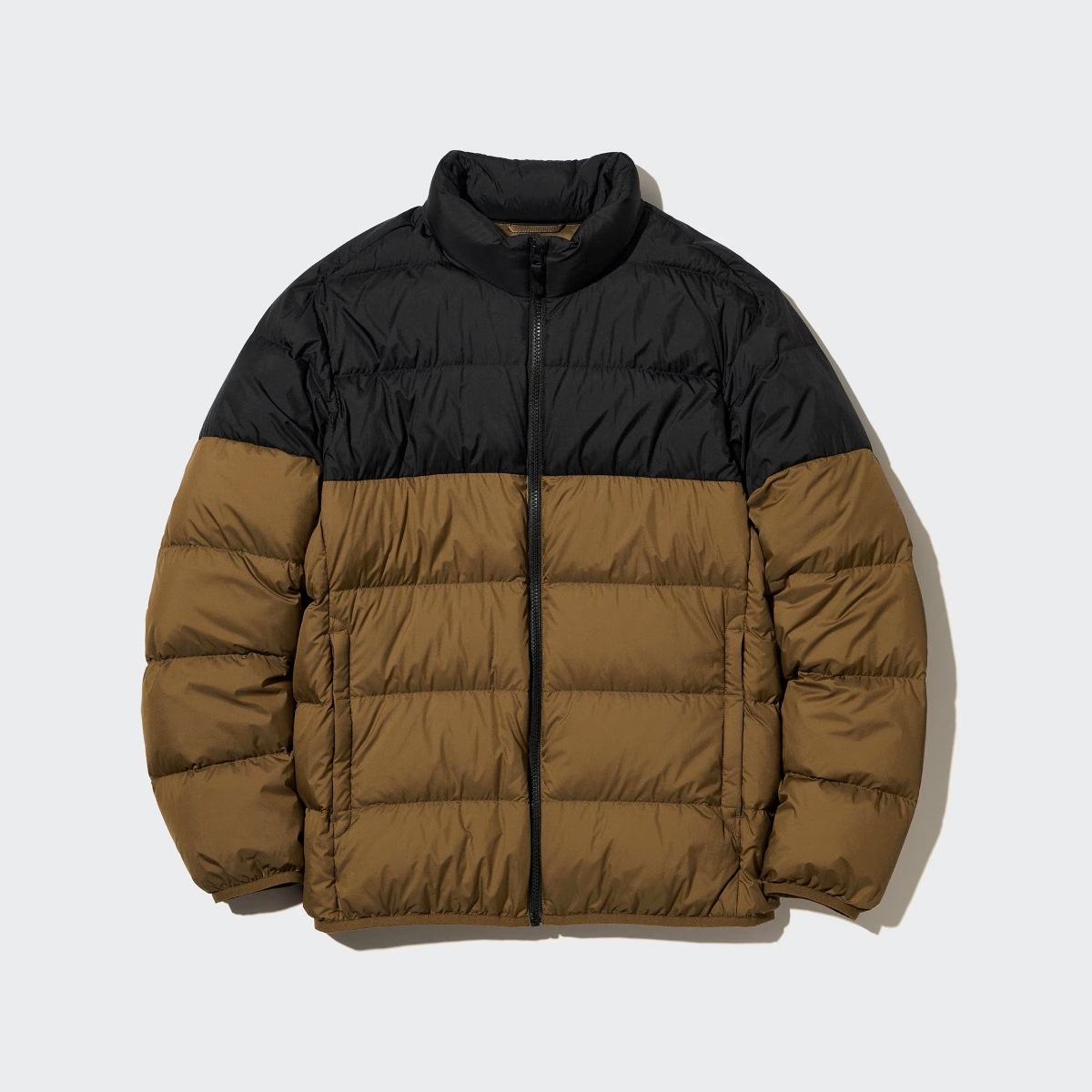

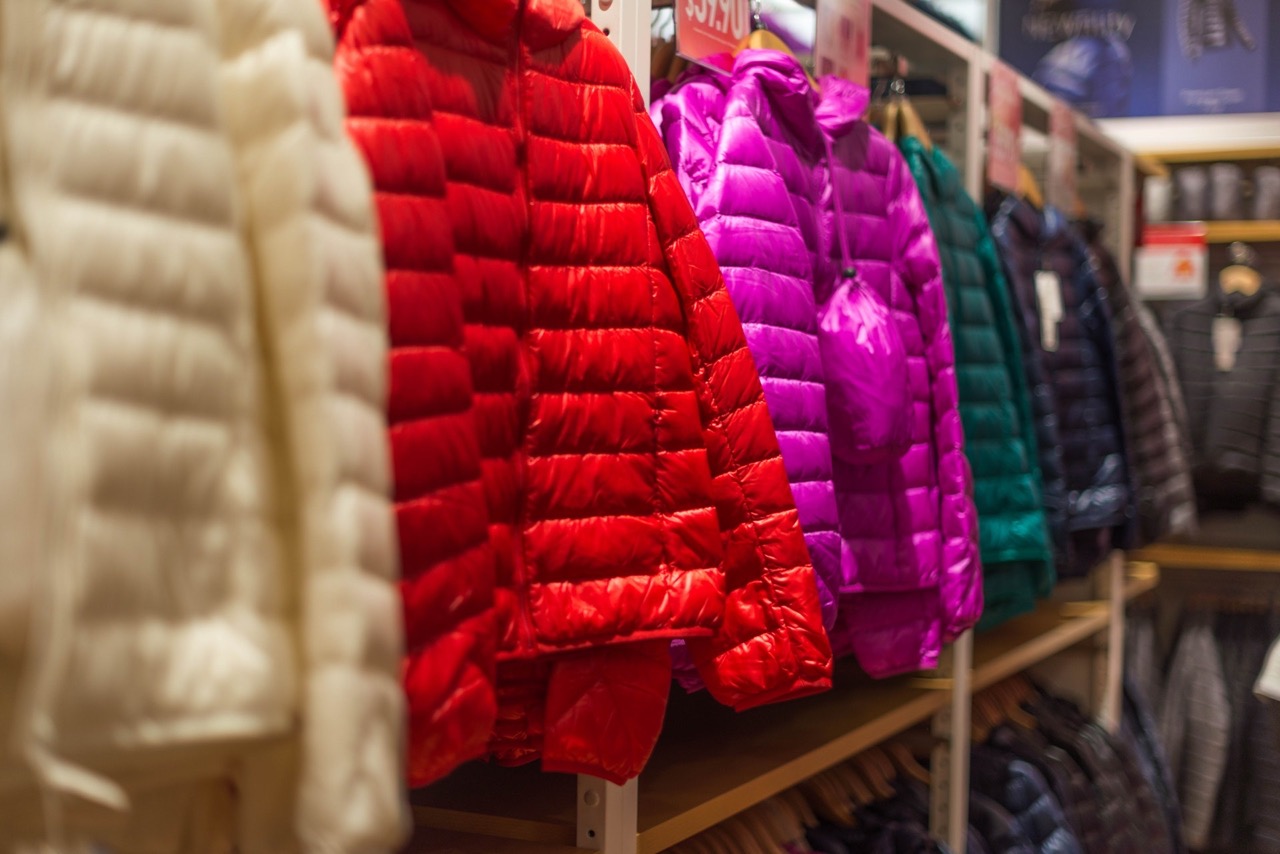

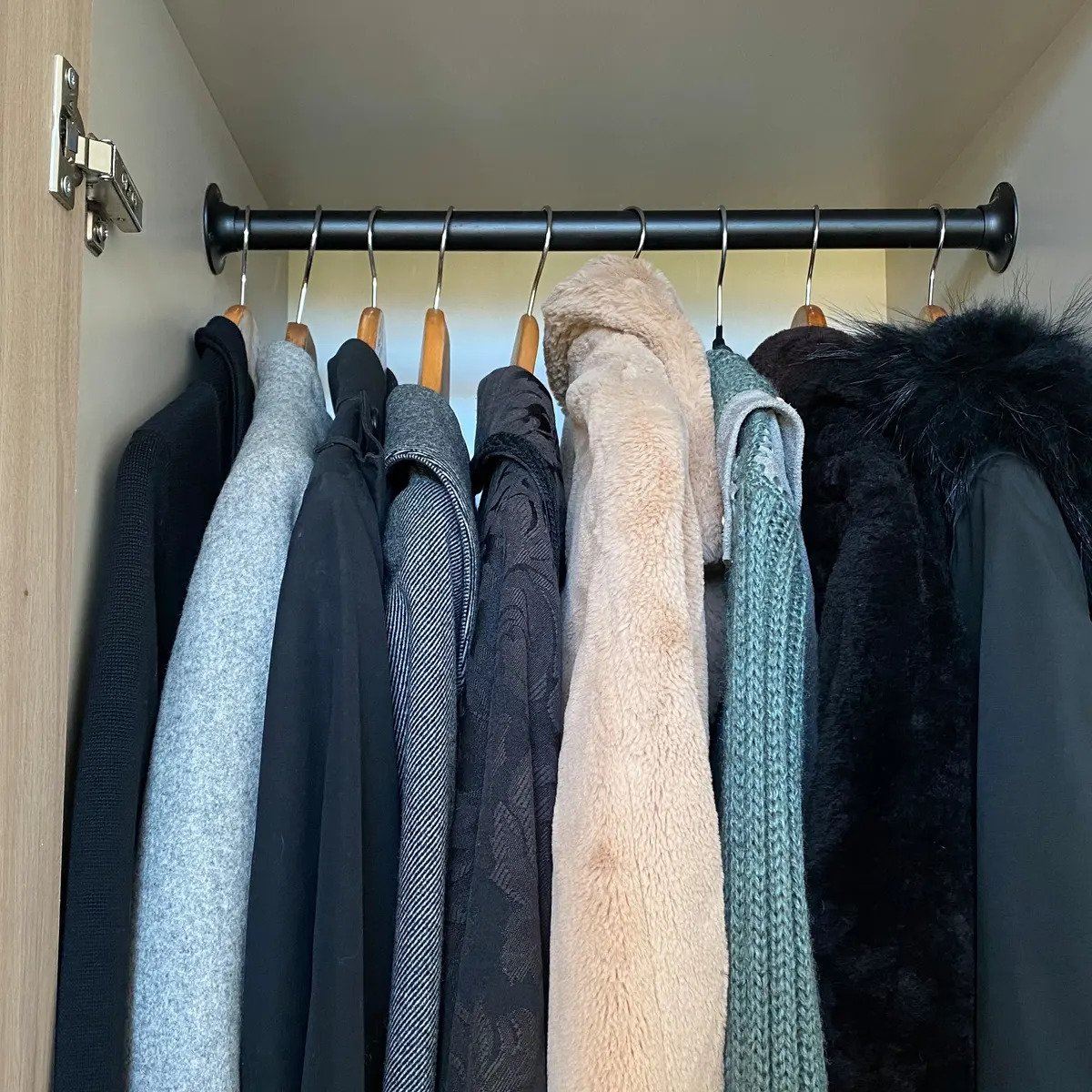
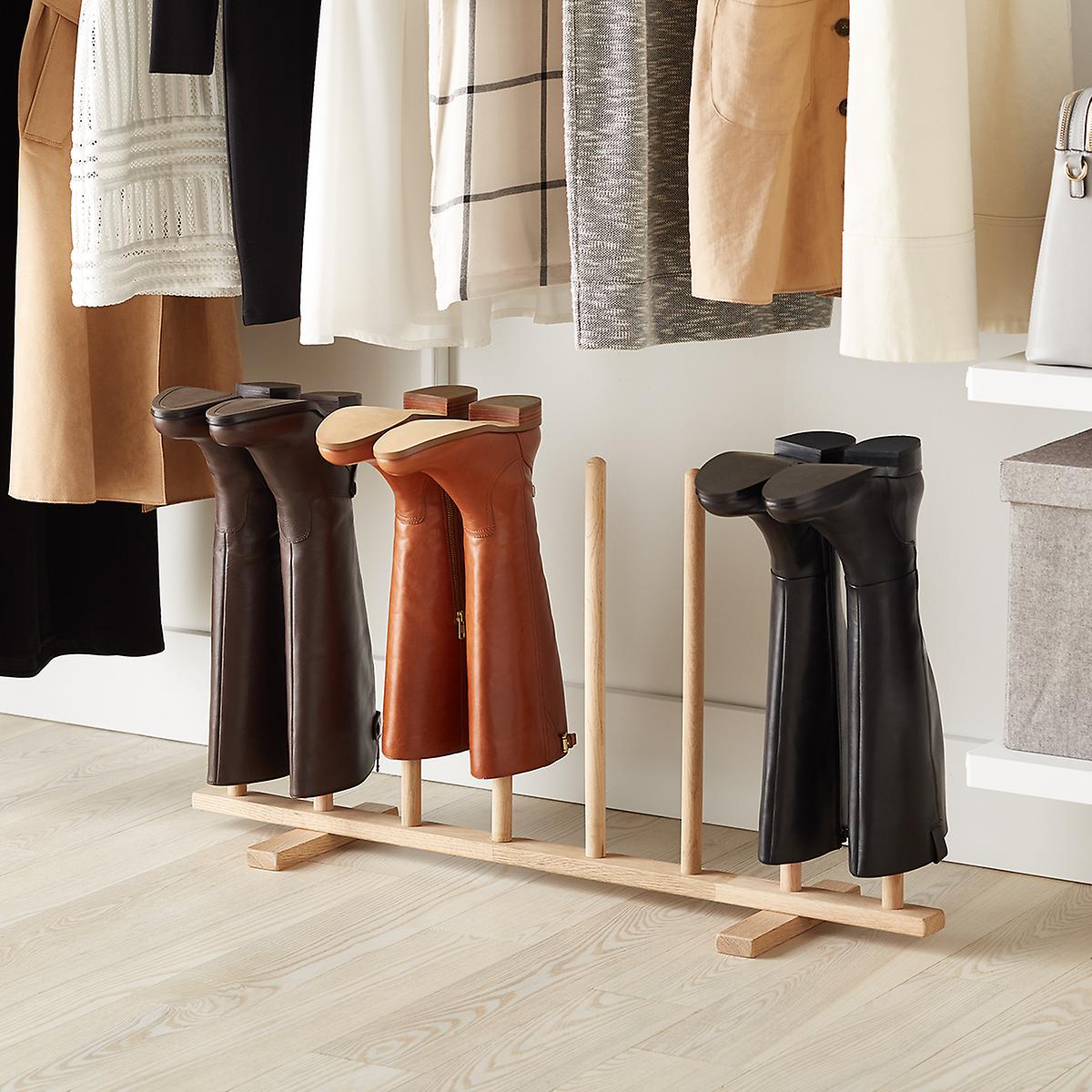

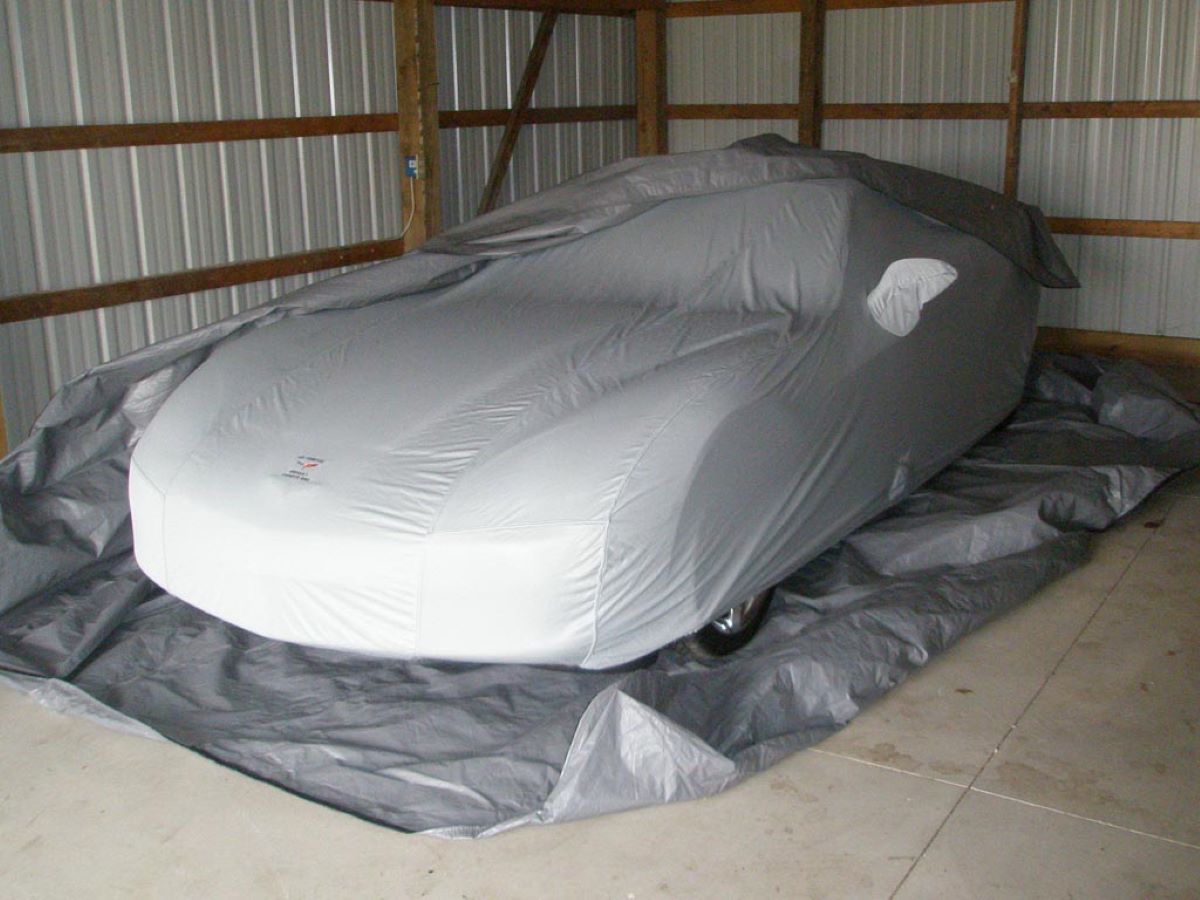
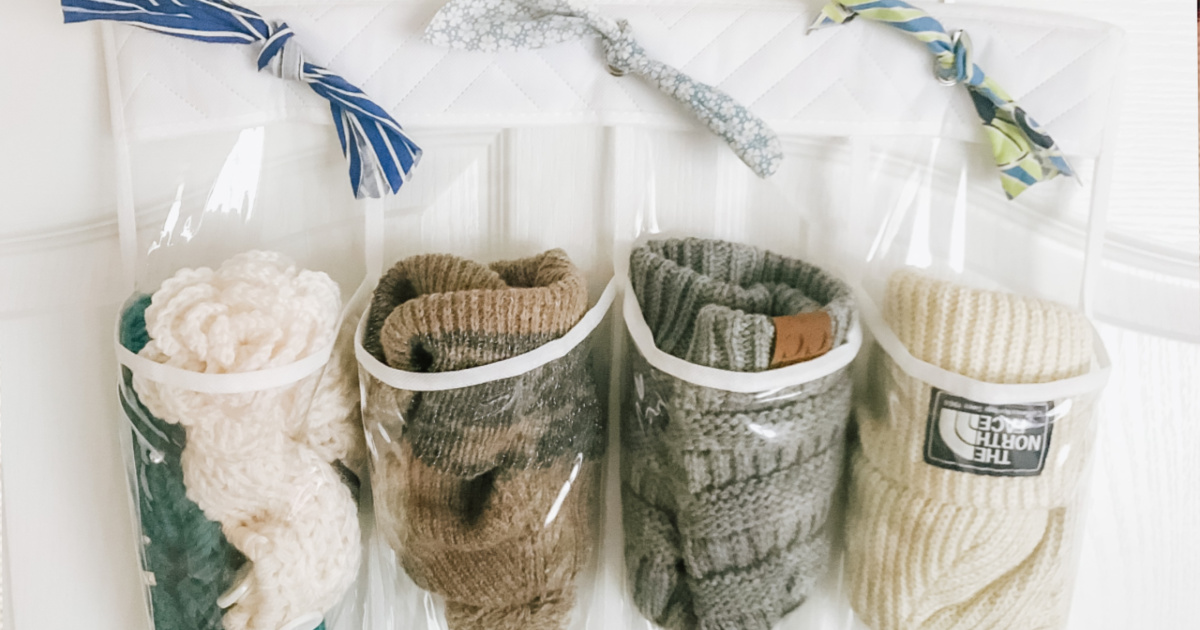





0 thoughts on “How To Store Winter Jackets”